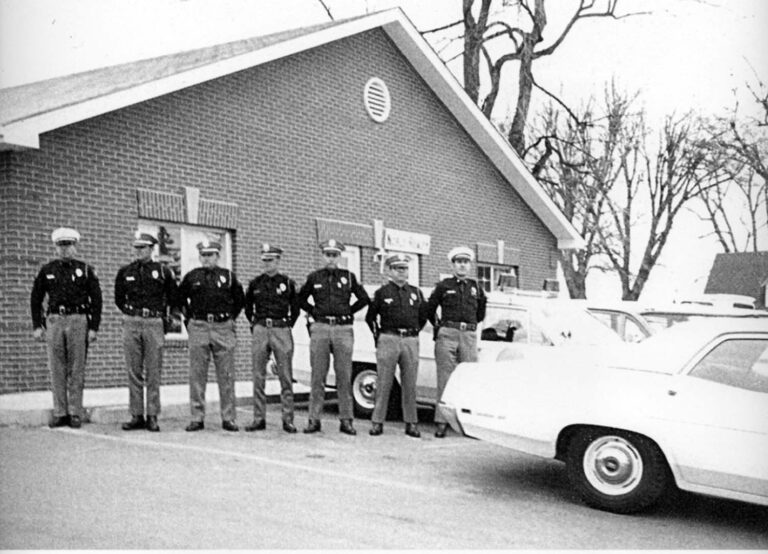Honestly, a recent dive into the origins of Valentine’s Day soon became a slog through a mass of conflicting historical theories, originating with pagan ritual and Roman law versus the Catholic Church, then further amalgamated by legend and popularized by marketing.
Western civilization came to observe Saint Valentine’s feast day on Feb. 14, which coincides with the day of his martyrdom when he was beaten with clubs and stones and, finally, beheaded. It should also be noted that, along with “courtly love,” St. Valentine is also the patron saint of beekeepers, epilepsy, fainting, asthma, plague, travelers and young people, along with happy marriages, love and lovers.
How did one guy with such a tragic existence come to be associated with love, birds, flowers and hearts? To start there were three men named Valentine who were martyred around the same time, one in Rome, another in what became Terni, Italy, and another in the Roman province of Africa. The most widely accepted Valentine was a clergyman in Rome whose mission was to Christianize people, which generally got folks into trouble. Legend has it that once, while under house arrest, he debated religion with his captor. His jailer put that faith to the test and pledged to do anything requested if Valentine could restore his daughter’s sight. Placing his hands over her eyes, the holy man restored her sight. Humbled, the captor destroyed all his pagan idols, became baptized along with his family and 44 servants, and freed all his Christian inmates.
Alas, Valentine was soon rearrested for trying to convert people. This time he was sent to Rome to the ruler Claudius II. Claudius also grew to like him, and the two often engaged in discussions. Valentine’s luck ran out when he tried to convert Claudius, who sentenced Valentine to death. One legend states that before his execution, Valentine wrote a note to his captor’s daughter and signed it “from your Valentine.” Another legend states that Valentine Christianized soldiers, and to remind the men of their new vows Valentine made hearts from parchment and distributed them to the men.
The day’s connection to love and romance came about in the 1300s when Geoffrey Chaucer wrote, “For this was sent on Seynt Valentynes day / Whan every foul cometh ther to choose his mate.” The oldest known Valentine dates back to 1415 when Charles, Duke of Orleans, sent a card to his wife while imprisoned in the Tower of London. Thanks to Esther Howland, the “Mother of the Valentine,” mass-produced cards have been available in the U.S. since the 1840s. Hallmark entered the scene in 1913, and now approximately 145 billion cards are sent internationally every year.
The tradition of giving flowers to loved ones came about in the 1600s when King Charles II of Sweden gave meanings to different flowers. The most popular flower for Feb. 14 was the rose because of its affiliation with Aphrodite, Greek goddess of love. Nowadays over $2 billion is spent on Valentine’s Day flowers each year.
Although much of the origin of the holiday remains a mystery, we can count on it to remain a day of love, devotion and romance.






